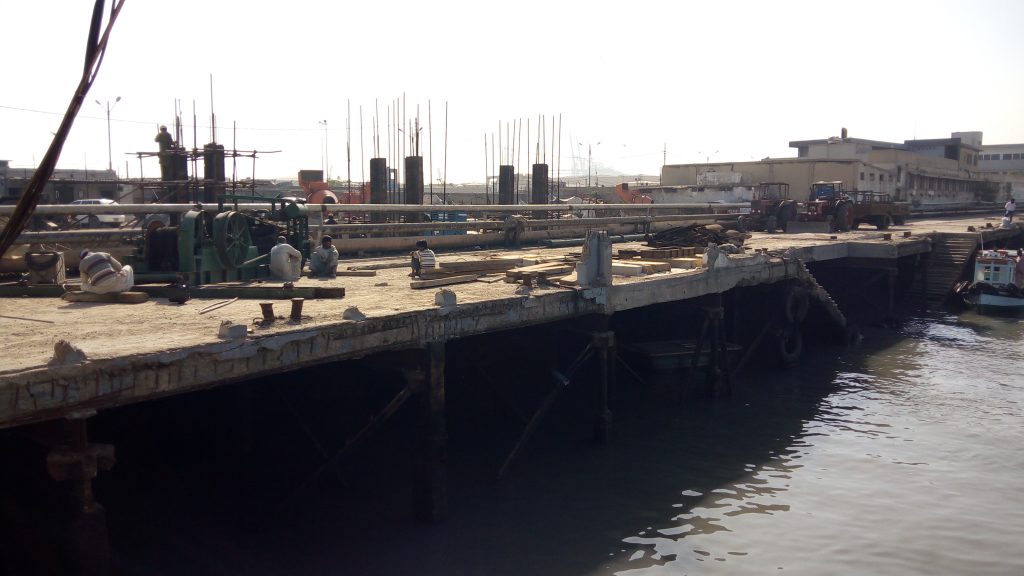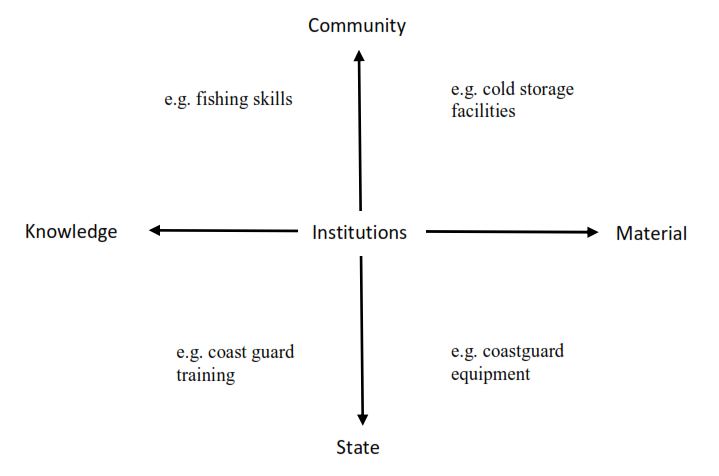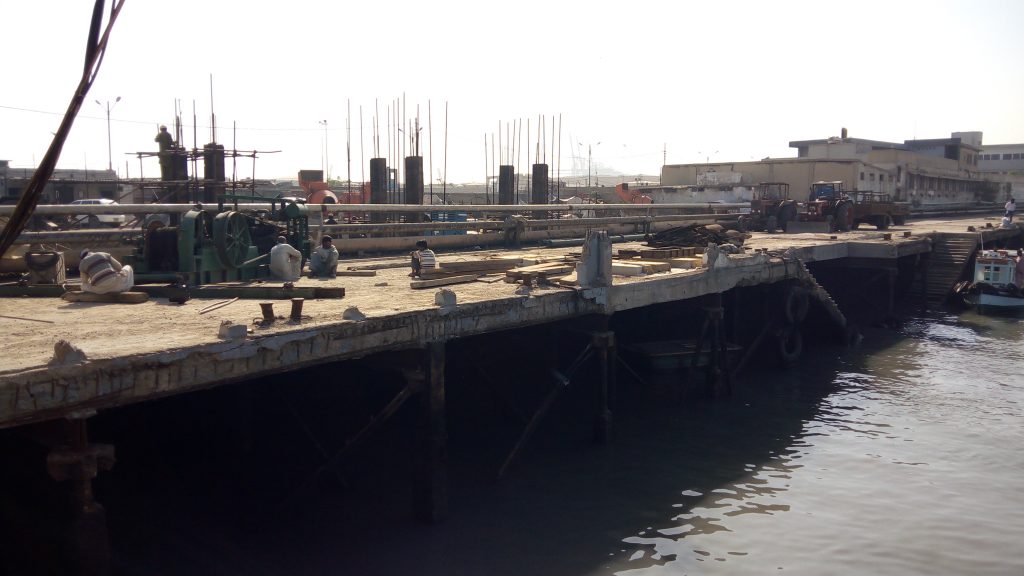 Concepts are not only descriptive of our activities, they are also prescriptive. They direct actions and provide a certain understanding of how things should be done. They stand for distinct (political) projects. The projects analyzed in SAFE SEAS aim at building capacity for maritime security. While the concept of maritime security has been discussed in a previous post, what does capacity building entail?
Concepts are not only descriptive of our activities, they are also prescriptive. They direct actions and provide a certain understanding of how things should be done. They stand for distinct (political) projects. The projects analyzed in SAFE SEAS aim at building capacity for maritime security. While the concept of maritime security has been discussed in a previous post, what does capacity building entail?
The fuzzy concept of capacity building
The concept of capacity building is not genuine to the discussion of maritime security. Indeed, it is widely used in the debates on military assistance, peace building and state building, and it covers other policy domains than security.
Indeed, it is a major concept in development policies more generally. The UN Sustainable Development Goal’s, for instance, have a dedicated capacity building objective. Target 17.9 of the 2030 Agenda for Sustainable Development aims to “Enhance international support for implementing effective and targeted capacity-building in developing countries to support national plans to implement all the sustainable development goals”.
In UN and development documents its most often linked to technology, or the ability to engage in a distinct standardized procedure, such as in the field of evaluation and monitoring.
In security discourse, the concept competes with others, in particular, the concept of security sector reform, or the broader concept of “security assistance”. In military language, capacity is often distinguished from capability, while the latter is defined as capacity sustained over time.
The website of the Global Development Research Center details different definitions of the concept by UN bodies. The definitions reach from the rather encompassing “a country’s human, scientific, technological, organizational, institutional and resource capabilities” to a more narrow focus on human resources, as “human resource development (HRD)”, “based on the concept that education and training lie at the heart of development efforts and that without HRD most development interventions will be ineffective. It focuses on a series of actions directed at helping participants in the development process to increase their knowledge, skills and understandings and to develop the attitudes needed to bring about the desired developmental change.” Other definitions have a more normative undertone, and argue that it is a long-term multi-stakeholder process aimed at the “creation of an enabling environment with appropriate policy and legal frameworks”.
A Working Definition
In other words, capacity building is a broad term, no clear definition of the term has emerged and there is a wide variety across agencies. Within SAFE SEAS we define maritime security capacity building as:
activities which are directed at the empowerment of governments and coastal communities to efficiently and efficaciously govern and sustainably exploit the maritime domain, including territorial waters and exclusive economic zones. (Bueger 2014).
Dimensions of Capacity Building
Drawing on such a definition tailored to the maritime realm, different domains of capacity building can be worked out to grasp the concrete activities of capacity building.

In a first axis we focus on the main beneficiaries. We distinguish between capacity building work with 1) the state, that is governmental bodies, such as the state security forces, and with 2) communities, such as coastal communities or the fisher folk. The second axis concerns what is delivered. We differentiate three kinds of deliverables: 1) Knowledge and skills, 2) institutional infrastructures, procedures, and rules, as well as 3) material equipment and technology. The first domain of knowledge refers to the human resource dimension of capacity building and work such as practical training of officers, personnel or professionals. Examples include navigation, boarding or fishing skills. The second domain refers to the institutional dimension, that is assistance in the organization of administrative bodies (such as the police, courts or community enterprises), as well as the development of bureaucratic procedures, rules and laws. Finally, the third domain consists of the provision of equipment and technology, ranging from computers, radars, information sharing technology to coast guard vessels or weapons. In practice, capacity building tends to combine these dimensions.

